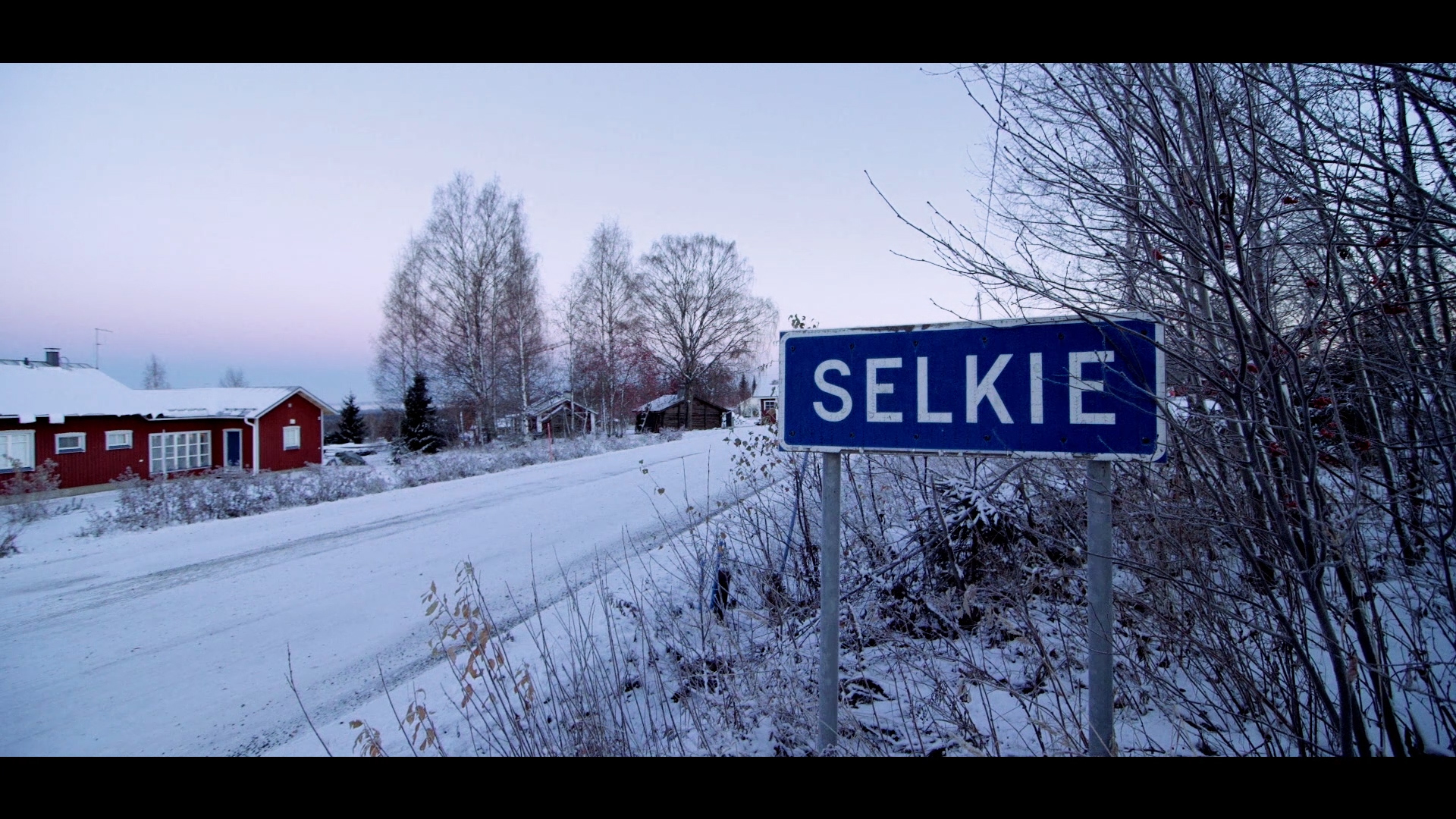
Introduction
The boreal village of Selkie is located in North Karelia, Finland. Selkie is one of the oldest known settlements in the region, with earliest records emerging from 1500s. Before that, the area has been owned and utilized by a Sámi siida, as can be derived from toponymic place names surrounding, and in Selkie. The cultural landscape of Selkie reflects Sámi, Karelian, and contemporary culture. The population of the village is approximately 300 Finns.
Films
Pentti Veijonmaa discusses the communal moose hunt and life in the village of Selkie, Finland.
Jouko Könönen joins Pentti Veijonmaa to discuss hunting beaver and what the heavily damaged local river, Jukajoki (undergoing rehabilitation), was like when they were young.
“As long as we have been here, we have been hunting the moose,” says Tero Mustonen, head of Selkie village, and President of Snowchange Cooperative.
Although members employ rifle scopes, GPS tracking, and use the modern roads that crisscross previously heavily forested territories, the community still hunts together. Teams track moose using dogs and the hunt is split among the hunters and the village at large, at the season's end Moose Feast.
"What makes this crucial for the village, is that it's a communal hunt," says Tero.
That "crucial" aspect is the communal practice - the coming together. Before the arrival of the Swedish, Russians, and finally, globalization, Finnish communities had distinct songs, oral histories, cosmologies, and unique hunting and fishing practices. For hundreds of years, those traditional practices mirrored the community's close relationship with nature, but much of that is now gone.
The moose hunt is both a link to the past and an important practice in the present. And as we look for ways to maintain and renew our connections with our damaged natural world, supporting practices that keep people on the lakes, picking berries, hunting moose, are essential.
Tero Mustonen discusses the relationship with the old growth forest in the village of Selkie. He also reviews the need for a community-led ecological restoration that is needed to restore these habitats both for cultural and natural diversity and traditional knowledge.


